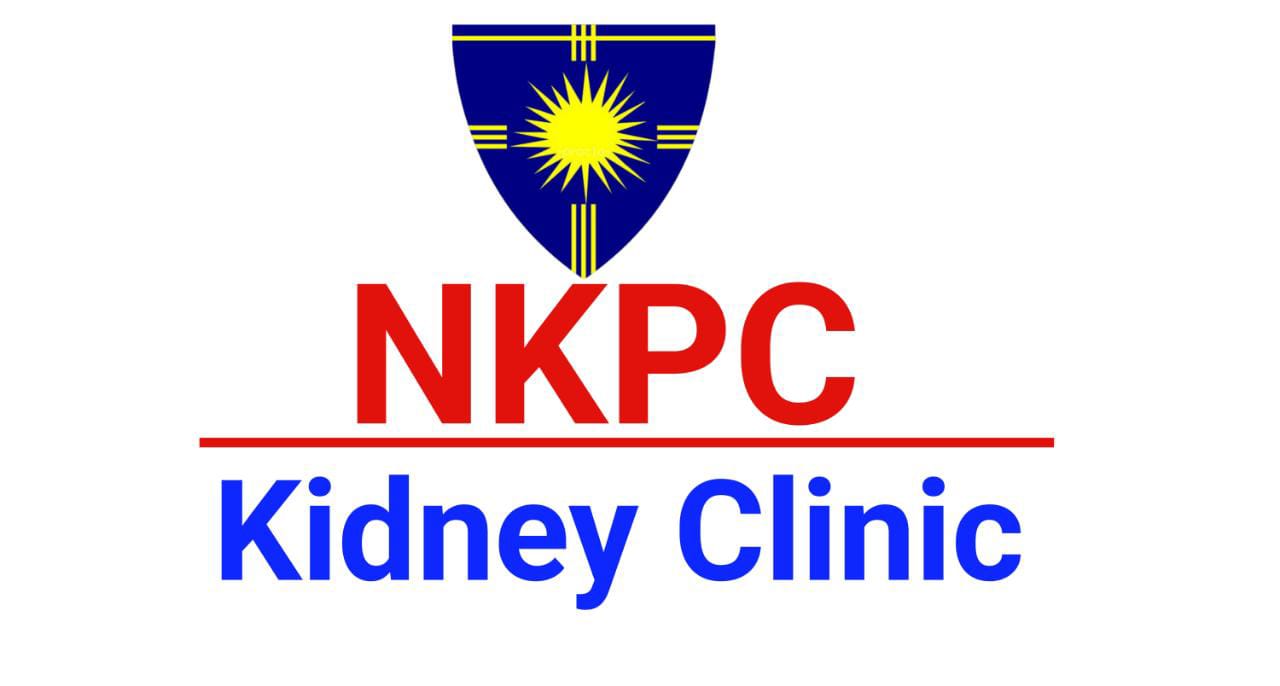Laparoscopic surgery for prostate cancer has changed the management of this disease and improved the survival of these patients significantly.
Laparoscopic surgery is performed after the stage of the prostate cancer has been assessed. This assessment is performed by assessing the levels of the serum PSA, and also by MRI scan. For the assessment of the distant spread ,we usually recommend a PET CT scan.
Once the cancer has been assessed then we admit the patient for the procedure to reduce the cancer load as much as possible. This is called cytoreductive surgery, and if the cancer is organ confined then we are able to remove the cancer completely, this is called curative resection.
The surgery is performed under general anesthesia, and the surgeon creates five small holes in the abdomen wall to access within the abdomen. The surgery is performed deep within the pelvis and the male pelvis is a narrow space therefore laparoscopy is much better performed rather than open surgery.
The surgeon first dissects the seminal vesicles and the vas deferens from behind the bladder. Then the surgeon ligates the large dorsal vein of the penis which overlies the prostate. This allows the surgeon to remove the entire prostate and the seminal vesicles thereby reducing the cancer load maximally.
The bladder is then joined to the urethra by fine and precise stitches, which are only possible by laparoscopy. Since we use ultra-high definition cameras which show excellent tissue definition.
Generally these patients recover very fast and are able to go home within 3 days after the surgery. The catheter is then removed after the patient comes back after fourteen days. Once the catheter is removed the patient is unable to temporarily hold the urine. But soon the patient is able to hold the urine and resume normal life.
After this surgery once the catheter has been removed the patient generally are incontinent for the few days and with kegels exercises they are able to regain continence and control over urination very fast. These patients are then able to lead a normal life.
I strongly recommend not to use a diaper ever since it is very important for the patient to try to hold the urine or else the will to hold urine becomes weak and those patient are never able to be continent again.
In my case experience we can deliver excellent continence and also very soon after the surgery.
I target that the patient should be able to resume normal life within one month of the surgery.
The patients are advised to check up regularly with serum PSA assessment every six monthly. This check is continued for ten years. And in some cases upto 15 years.
These patients of cancer prostate are generally able to lead very fruitful lives with excellent survival and strength and energy.
Yours sincerely
Dr Avishek Mukherjee MS MCH
Head of uro-cancer surgery

